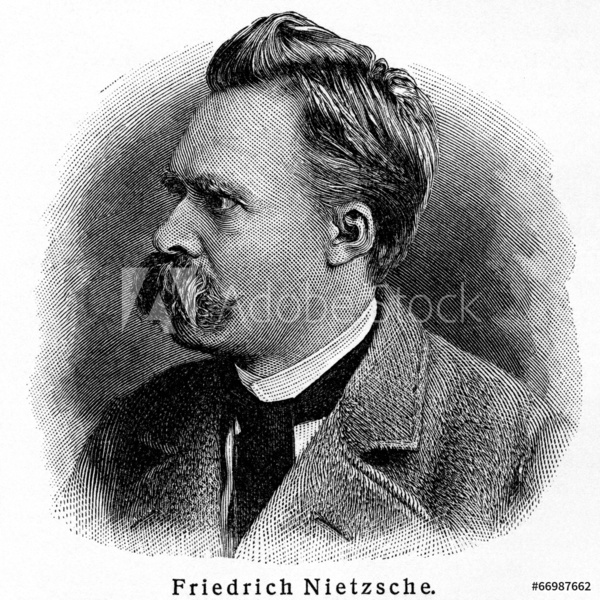Notes for a philosophy of morality: about certain keys of reading the genealogy of the moral of Friedrich Nietzsche
Article Sidebar

How to Cite
Altmetrics
Article Details
Se solicita a los autores que diligencien el documento de cesión de derechos de autor sobre el artículo, para que sea posible su edición, publicación y distribución en cualquier medio y modalidad: medios electrónicos, CD ROM, impresos o cualquier otra forma, con fines exclusivamente científicos, educativos y culturales
- La obra pertenece a UNIMINUTO.
- Dada la naturaleza de UNIMINUTO como Institución de Educación Superior, con un modelo universitario innovador para ofrecer Educación de alta calidad, de fácil acceso, integral y flexible; para formar profesionales altamente competentes, éticamente responsables y líderes de procesos de transformación social, EL CEDENTE ha decidido ceder los derechos patrimoniales de su OBRA, que adelante se detalla para que sea explotado por ésta
- El querer de EL CEDENTE es ceder a título gratuito los derechos patrimoniales de la OBRA a UNIMINUTO con fines académicos.
Author Biography
Germán Prieto García, Corporación Universitaria Minuto de Dios
Filósofo de la Universidad Javeriana y docente de filosofía de Uniminuto desde 1992 hasta el 2000.Main Article Content
Abstract
The current article focuses on Friedrich Nietzsche's interpretation of "The Genealogy of the Morals", to develop this issue the author resorts to a key element in the reading. The philosopher fulfills his objective from a philological, psychological and physiologic perspective. From the explanation of the hypothesis to this text, it is apparent how the author develops his genealogical inquiry in each of the chapters in a way that the interpretive perspective is woven throughout the book. An insight into the manuscript as a whole is offered with rigor, order and clarity. The interpretation of the hypothesis is illustrated with notable care in each case, and at the same time, the reasoning of each philosopher. The peculiar philosophical perspective of the author is revealed at the end: the body is exposed as an area for interpretation, like an area in which concepts and human behavior are diagnosed, revealing itself as the force that enlightens life; a force that is the source of the modern philosopher.




